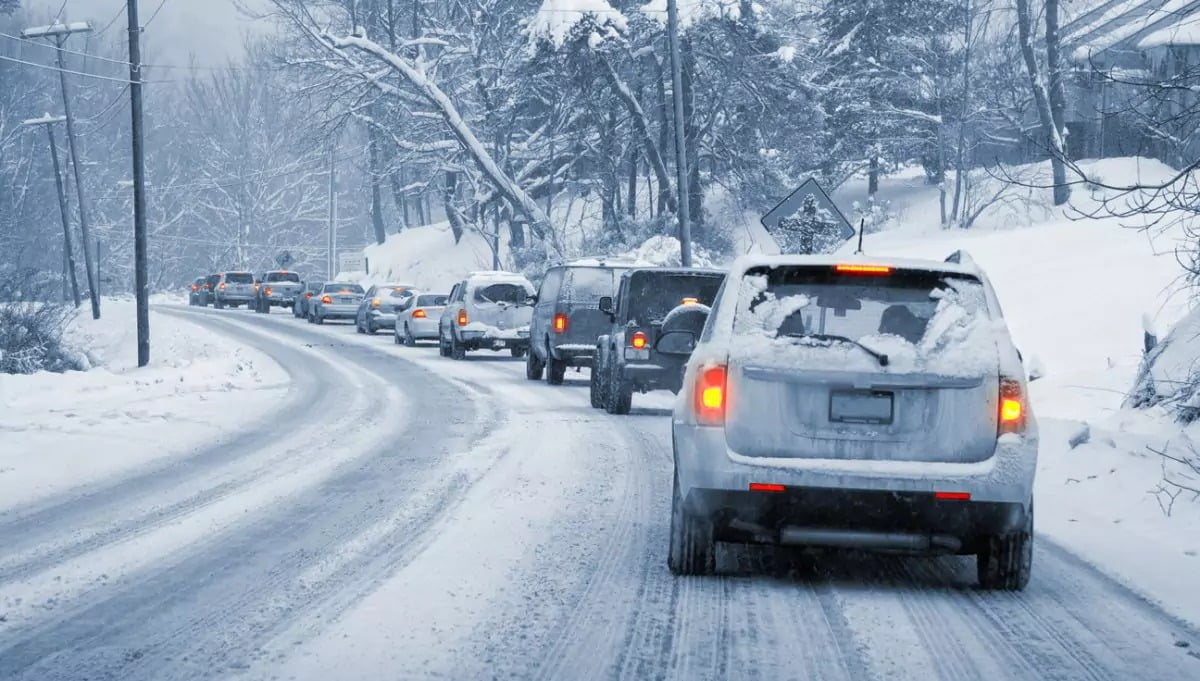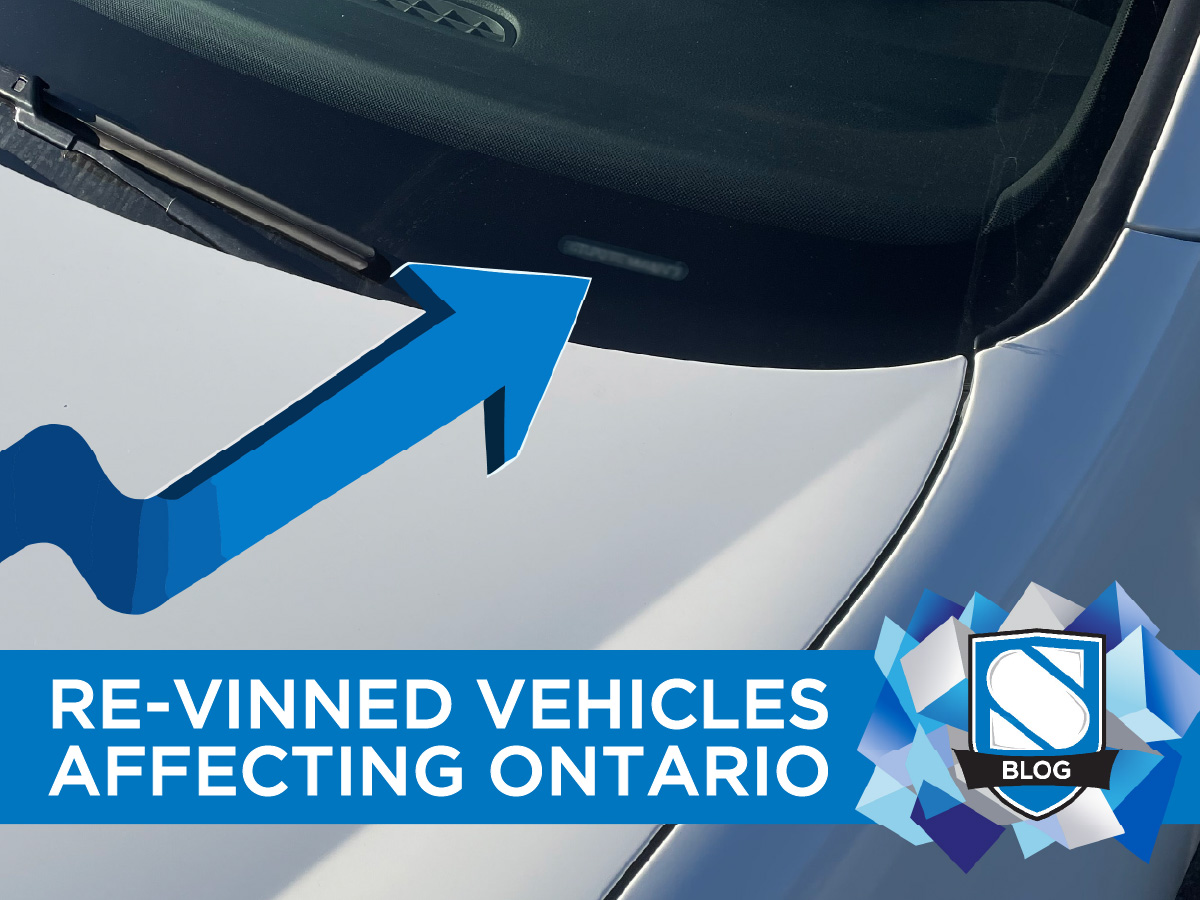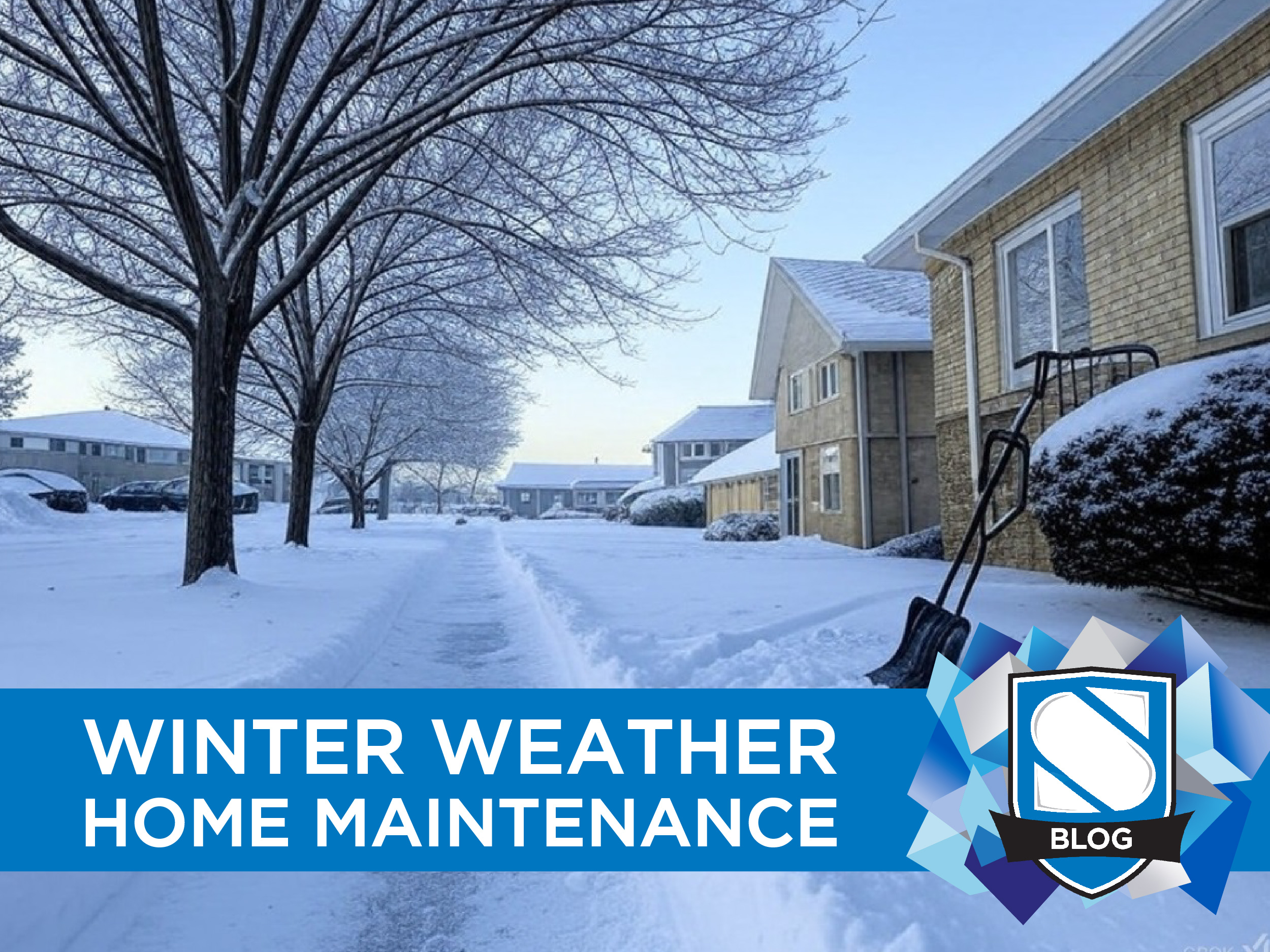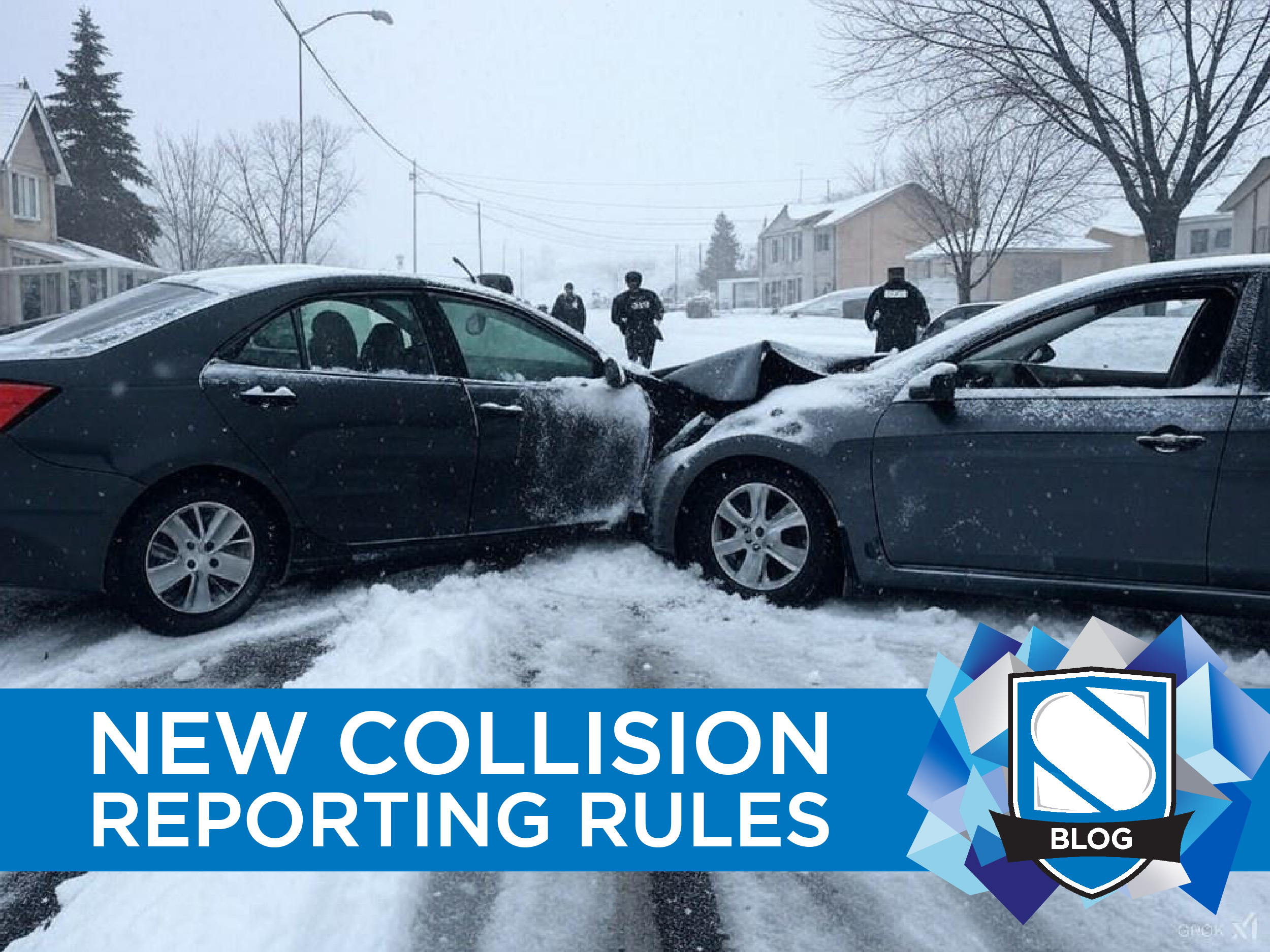As the first day of winter hits us with a snowfall, we need to take a few extra precautions when we head out on the road.
You may be an excellent driver with an impeccable record, but all it takes is one icy slick patch or moment of distraction to turn an ordinary commute into a disaster during the winter.
The best way to keep yourself safe driving during the winter is to think ahead and stay aware of the potential dangers around you.
Plan Ahead and Leave Early
You can save yourself a lot of time and headache during the winter months by paying attention to the forecast and checking the road conditions in the morning. There are dozens of websites, apps, and social media accounts dedicated to keeping their users up to date with current and expected conditions, so use them!
If it looks like it may be dangerous out, it might be time to ask yourself if your journey is really necessary and make alternative plans.
If you commute, try and learn some alternate routes you can take in case of road closures or traffic jams. Accidents are more likely to cause disruptions in the winter months than the in the summer, and you don’t want to stuck on the highway when trying to get to work. Many GPS apps such as Google Maps and Waze will update you on road conditions, traffic jams, collisions, and construction in real time as you drive. So even if you know your route to work like the back of your hand, it may be worth keeping an app like this running just for those crucial updates.
Keep Your Distance
It’s always a good driving habit to keep at least a car length away from the nearest bumper, but in the winter, it’s necessary. This is equally important on speedy highways as it is on city roads, you need extra space to brake effectively when the roads are slick and your vision is compromised.
This is especially important to keep in mind around snow plows. Many plows place the driver in an elevated position that makes it difficult to see objects directly behind or in front of them, not to mention the cloud of snow they often leave in their wake. You definitely do not want to hang out in the blind spot of a piece of heavy machinery that is designed to power through obstacles and push things around.

A Full Tank and A Full Trunk
Keeping your gas tank filled up during the winter months is a good idea for a few different reasons. The first being that you don’t want to run out of gas and be left on the side of the road with no heat in below zero weather. Secondly, it’s good for your car. Having a full tank helps to reduce moisture that can accumulate in the tank and fuel lines during the cold weather, leading to better performance and fewer maintenance issues.
While you’re at it, be sure to pack a roadside kit in your trunk. There are plenty of off-the-shelf options out there, but you can always build one yourself. Be sure to include the essentials such as mittens and a blanket in case you’re stuck for a prolonged period, a flashlight for late-night repairs, and cat litter and a shovel for getting yourself out of a nasty spot.
All-Season Tires Are Not Good Enough
Be sure to have a set of proper winter tires on your vehicle, they really make a difference. They provide more traction for braking, better responsiveness, and improved handling. All-season tires might be marketed as a decent alternative, but the vast majority of all-season tires lose their effectiveness in cold weather. The softer rubber of an all-season tire begins to harden as soon as the temperature dips below seven degrees Celsius, making it perform more like a piece of hard plastic than a piebce of rubber with grip.
Fortunately, while winter tires can e expensive, there are insurance discounts you can claim to help compensate for the cost. If you haven’t already, talk to your broker about winter tire discounts and what they could mean for your monthly premiums.














0 Comments